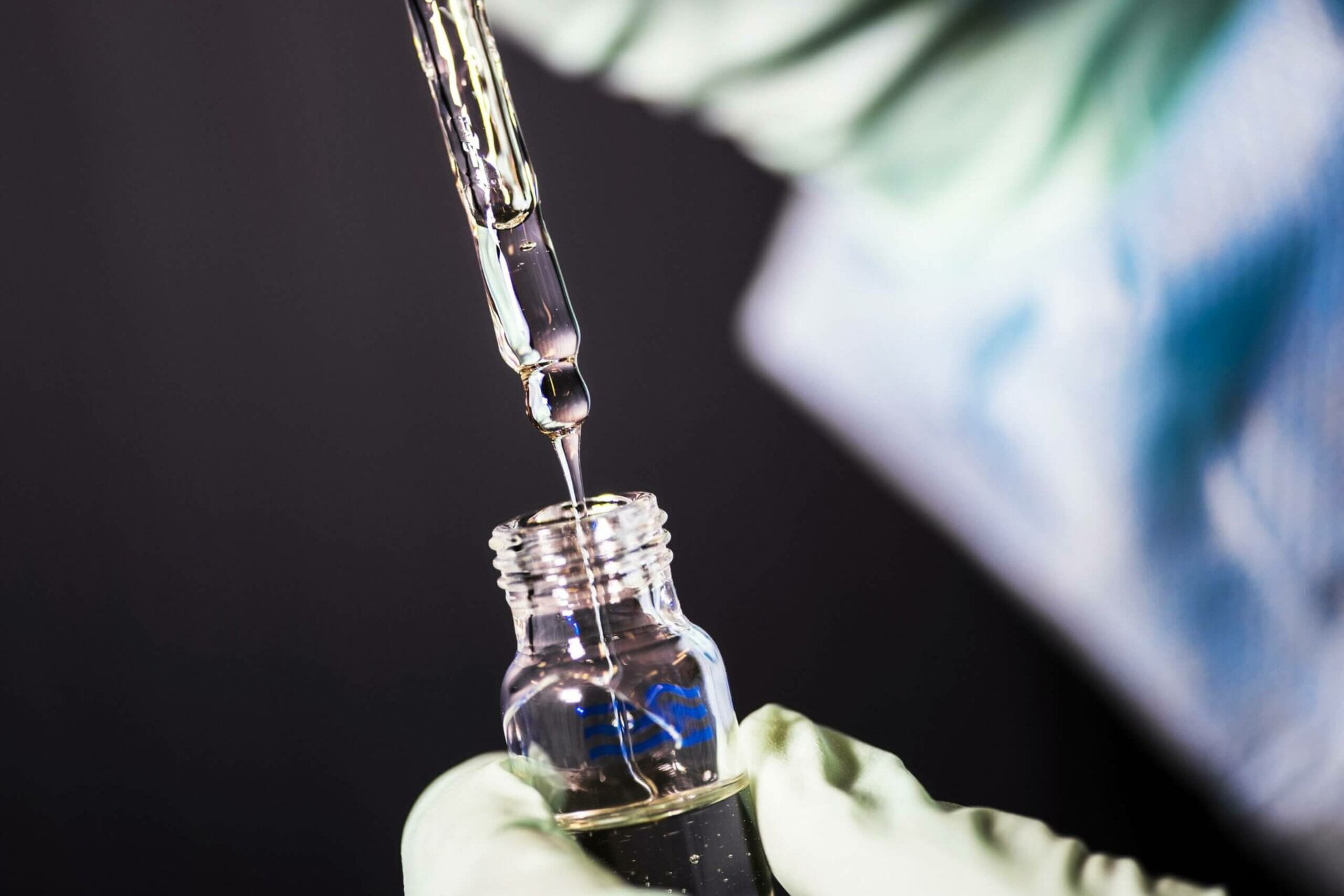New Rules for Market Access of In Vitro Diagnostic Devices: How Do the Old IVDD and New IVDR differ?

DATE
April 20, 2022
AUTHOR
Benjamin Sauer | VP Engineering
Immuno and PCR assays, devices for measuring blood glucose or for human genetic analyses – these and many other medical devices belong to the in vitro diagnostic devices (IVD). The European Union has issued the new Regulation 2017/746 (IVDR), which came into force on May 26, 2017, and will now, after a five-year transition period, gradually apply from May 26, 2022. It replaces the previous Directive 98/79/EC – IVDD for short – and changes the regulatory requirements for IVD approval in the EU quite significantly. Among other things, it sets higher standards for product quality, performance and safety.
In this article, we present the main differences between the old IVDD and the new IVDR and highlight their impact on the certification process of in vitro diagnostic devices.
What’s it about? – 7 changes under IVDR
1. Switch to a risk-based classification system
2. Changes in conformity assessment
3. Stricter requirements for technical documentation
4. Implementation of a unique device identification
5. Quality management system for IVD manufacturers
6. Concrete requirements for software
7. Appointment of a Person Responsible for Regulatory Compliance (PRRC)
1) Switch to a risk-based classification system
One of the most significant changes of the IVDR is the introduction of a modified classification system for in vitro diagnostic devices. In the IVDD, only a small number of products were classified in two lists with a higher risk assessment. The remainder operated as “other IVD products”, for which manufacturers could carry out a self-assessed conformity procedure to certify the diagnostic and then place the products on the market with the CE mark on the basis of a manufacturer’s self-declaration. In contrast, the IVDR defines four different classes:
| Class A | Lowest risk, e.g. washing solutions or specimen containers |
| Class B | Low to medium risk, e.g., pregnancy tests for self-testing |
| Class C | Medium to high risk, e.g. products for cancer screening |
| Class D | Highest risk, e.g., HIV tests |
Manufacturers are responsible for correctly assigning their products to these categories according to 7 classification rules. Since there are now both more rules and more classes to consider, under IVDR only 10 to 20% of the products are classified in the class with the lowest risk.
2) Changes in conformity assessment
The IVDR now provides for only three conformity assessment procedures:
| Class A devices | These remain the responsibility of the manufacturer and approval is based on the technical documentation via a self-declaration of conformity. |
| Class B to D products | These can only be placed on the market as part of a full quality assurance system. |
| Alternative | Manufacturers can choose a conformity assessment procedure that includes type examination and production quality assurance. |
The implementation of the conformity assessment procedure for devices of classes B to D requires the involvement of a Notified Body. This concerns about 90% of all IVD manufacturers. However, the number of bodies is reduced, as there are higher requirements for their designation and surveillance at the same time. A continuously updated list of Notified Bodies for IVDR certification can be found here.
3) Stricter requirements for technical documentation
With the IVDR, Technical Documentation becomes more detailed: manufacturers must conduct clinical performance studies and demonstrate that their products comply with the respective risk class in terms of safety and performance. In addition, precise information on this must be included in the Technical Documentation. As part of the ongoing assessment of potential safety risks, manufacturers are also required to collect and retain clinical data.
Survey Results: Status of IVDR Implementation 2022
In March 2022, Climedo and TRIGA-S invited IVD manufacturers across Europe to take part in an IVDR survey.
The objective of the survey was to assess the status of IVDR implementation a few weeks before the application date.
The results show that the requirements are already clear to most companies, but the majority are still in the middle of preparation.

4) Implementation of a unique device identification
The new EU regulation provides for the introduction of a unique device identification (UDI) number for in vitro diagnostic medical devices. Through this labeling, the European Union aims to improve the traceability of products within the supply chain. In this way, IVDs that pose a safety risk should be able to be recalled quickly and efficiently. In addition, the UDI and other data, for example on the manufacturer and product, are to be stored in the EUDAMED database.
5) Quality management system for IVD manufacturers
Although the IVDR only requires certification by a Notified Body for conformity assessment procedures for devices in categories B to D, all manufacturers of an IVD are expected to have a quality management system in place. The requirements for this are comprehensive: Among other things, it must address organization, processes, responsibilities and strategy. It must also cover claims, resource and risk management, device performance evaluation and UDI. In addition, the Notified Body conducts an unannounced audit of the certified QM system at least every five years.
6) Requirements for the software
Unlike the IVDD, the IVDR formulates concrete requirements for the software used:
- It must be developed according to software lifecycle processes that include its verification and validation.
- Manufacturers must precisely specify interoperability requirements and verify their fulfillment. Risk management must also cover risks due to problems with interoperability.
- Manufacturers must ensure the IT security of their products and protect them against unauthorized access.
- UDI is also necessary for stand-alone IVD software.
7) Appointment of a Person Responsible for Regulatory Compliance (PRRC)
The IVDR also requires the designation of a “Person Responsible for Regulatory Compliance (PRRC)”. Thus, manufacturers must designate at least one person in their company to monitor compliance with the requirements.
Conclusion: Higher standards mean additional work for manufacturers
The new IVDR introduces significant innovations such as the switch from a list-based to a risk-based classification system and thus aims to improve patient safety. It significantly increases the demands on the processes and players involved in many areas. To meet all the requirements, IVD manufacturers will need to invest significant time, resources and funding. However, the gradual introduction with extended transition periods for certain products is only likely to provide some relief for manufacturers as well as Notified Bodies.
A survey we conducted with contract research organization TRIGA-S Scientific Solutions on the status of implementation of the IVDR requirements showed that the requirements are already clear to most companies, but the majority are still in the midst of preparation.
The introduction of higher standards in terms of safety, quality, performance and transparency that goes hand in hand with the IVDR remains a challenging task – even beyond product approval.
Our digital EDC solution can support you in your post-market IVD monitoring. Feel free to contact us or arrange a software demo!






